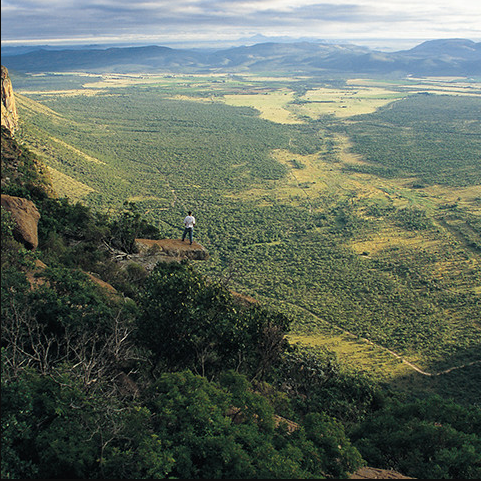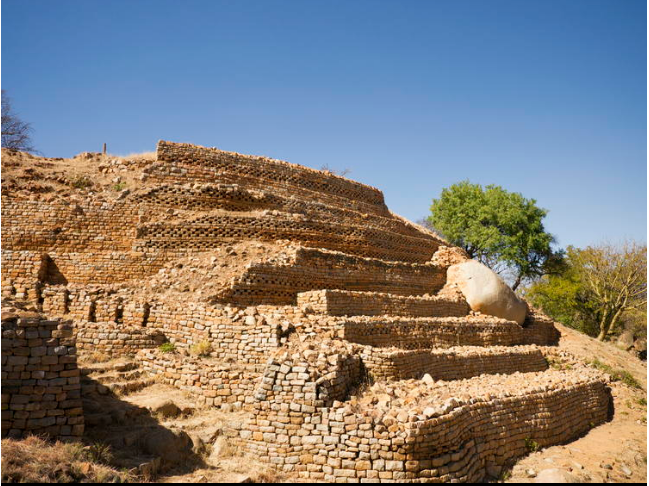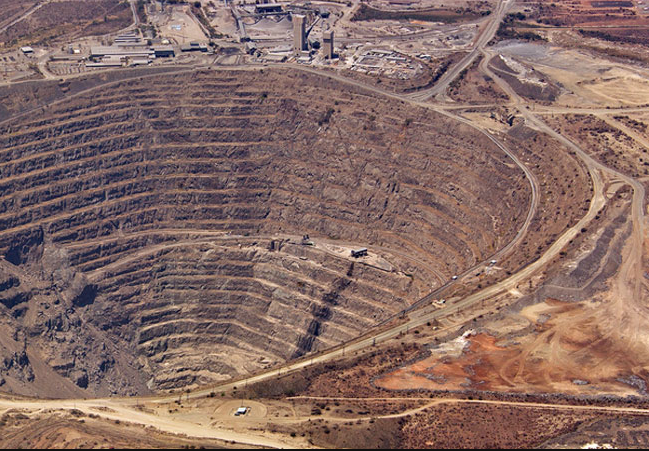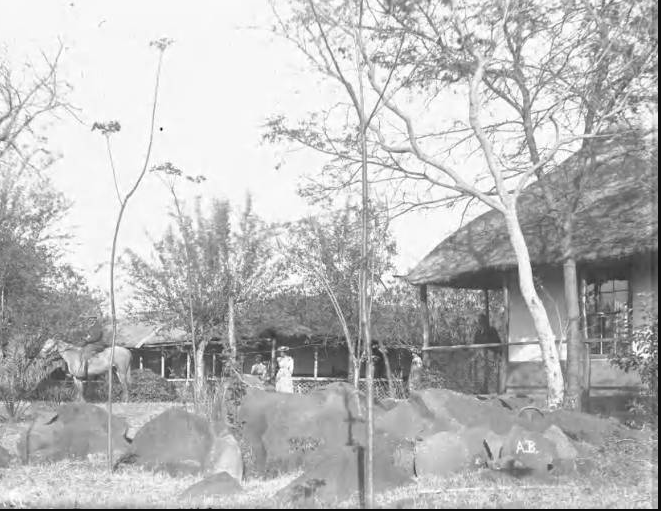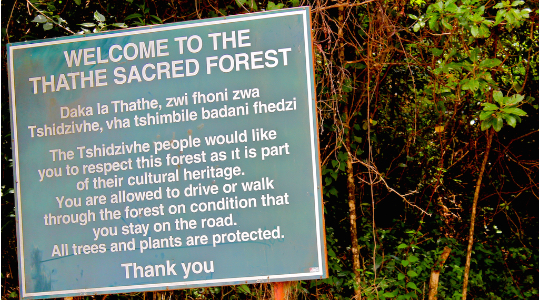Makeba at the Africa Festival in Delft, the Netherlands, 4 August 1990

Miriam Makeba, performs at the Africa Festival in Delft, the Netherlands on 4th August 1990.
Image: Frans Schellekens/Redferns via Getty Images

Miriam Makeba, performs at the Africa Festival in Delft, the Netherlands on 4th August 1990.
Image: Frans Schellekens/Redferns via Getty Images

Phyllis Naidoo was born in Estcourt, Natal (now KwaZulu-Natal) on the 5 January 1928

Miriam Makeba was born in March 4th,in 1932 Johannesburg , during a time of economic depression.

Chris Hani, early 1990's
